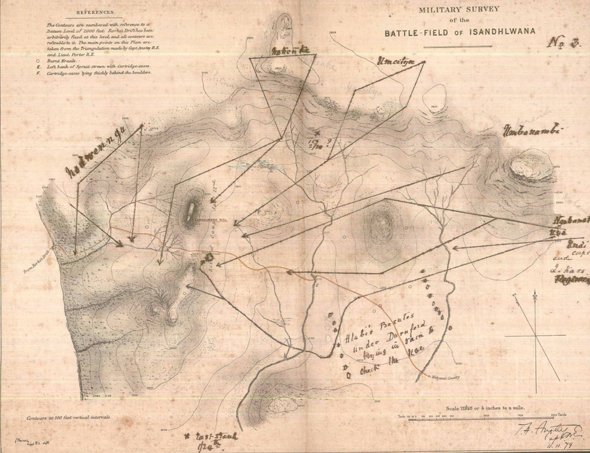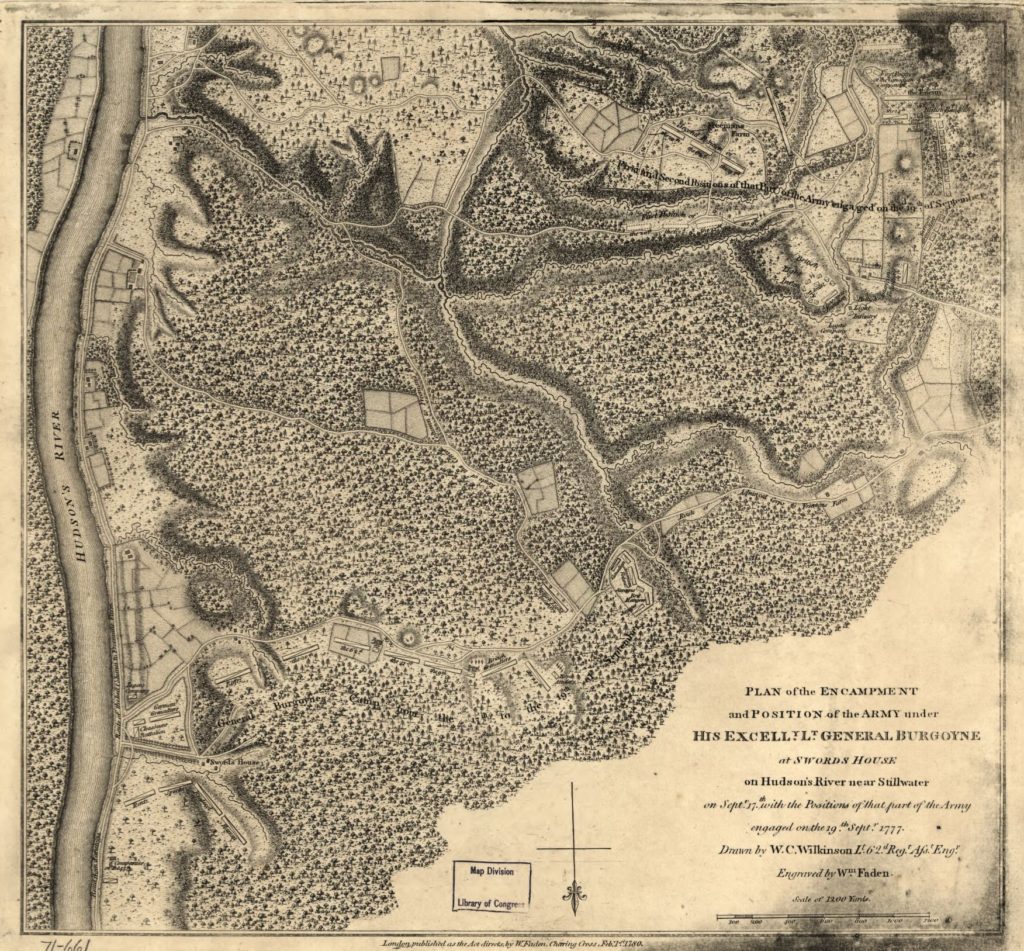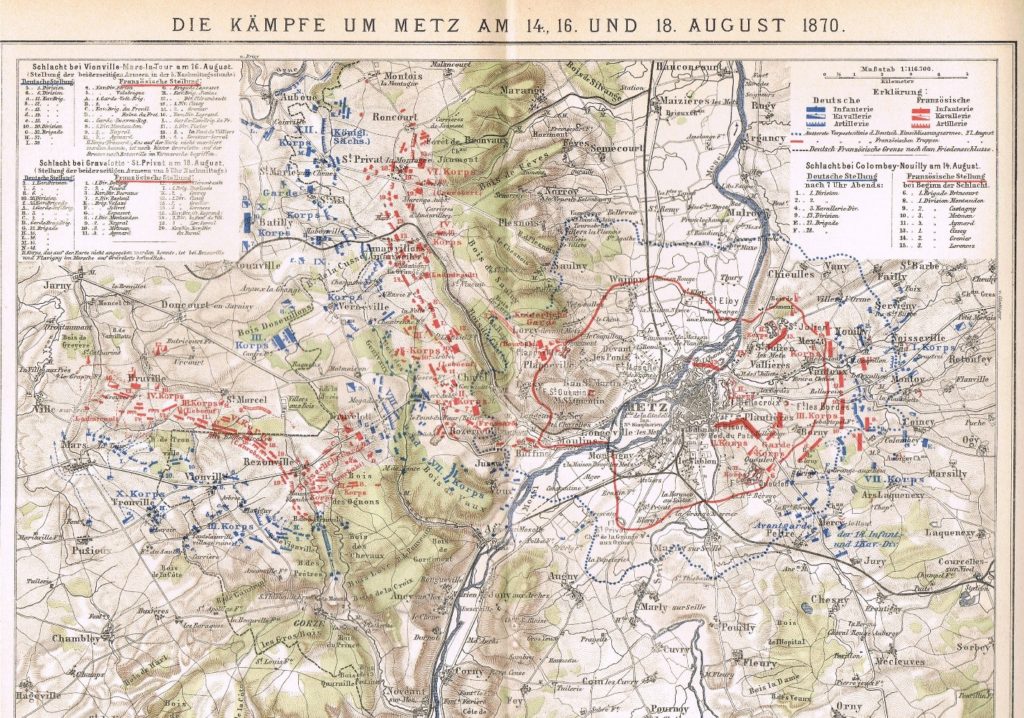After two and a half years this is the day we’ve been waiting for. We have launched on Kickstarter! This is the link: https://www.kickstarter.com/projects/1366362068/general-staff-game-of-military-tactics-and-wargami.

After two and a half years this is the day we’ve been waiting for. We have launched on Kickstarter! This is the link: https://www.kickstarter.com/projects/1366362068/general-staff-game-of-military-tactics-and-wargami.
We asked you for your Top 30 battles that you would like to see included free with General Staff for supporters of our Kickstarter campaign. We have previously announced the first twenty vote-getters. Today we are announcing the next five. One of the interesting features of General Staff is the ability to combine any two armies with a map to create a scenario. We use this feature for two day battles (such as Wagram and 2nd Bull Run) effectively creating two completely different battles (with two different armies) but using the same battlefield map.
The battle of Alma is our first foray into the Crimean War. The Russians, though outnumbered, have the heights with their guns entrenched in heavy fortifications. The British and the French suffer numerous communication breakdowns. The battle seesawed back and forth until a final assault by the Highland Brigade carried the day and the Russians broke and fled from the battlefield. Playing the Allies will test your ability to coordinate attacks via messengers. Playing the Russians will require skillful coordination of counterattacks.
On May 21st and 22nd Napoleon had attempted to cross the Danube at Lobau Island only to be turned back by Archduke Charles. Now, after over a month of preparations and reinforcements, Napoleon was ready to try again.
We present two distinct scenarios for the battle of Wagram: the first representing the situation on July 5th and Napoleon’s second attempt at crossing the Danube and establishing a beachhead and the second the battle of July 6th in which Archduke Charles attempted a double envelopment of Napoleon’s army. Only Napoleon’s hastily created ‘grand battery’ of artillery, a desperate cavalry charge and a counterattack by MacDonald’s corps saved the day. The Austrians eventually broke and fled the battlefield and sued for an armistice which ended the 1809 war.

Plan of the second Battle of Bull Run Va. Showing position of both armies at 7 p.m. 30th Aug. 1862. From the Library of Congress. Click to Enlarge
After General George McClellan’s disastrous Peninsula campaign, President Lincoln appointed Major General John Pope to lead the newly formed Army of Virginia and was tasked with the missions of protecting Washington D.C. and clearing the Shenandoah Valley of Confederates. McClellan, who never responded promptly to orders even in the best of circumstances, simply ignored commands to begin transferring his army from the peninsula southeast of Richmond up to Pope in front of Washington. Lee, knowing that McClellan had a bad case of the ‘slows’ took advantage of his interior lines to rapidly move his forces north to destroy Pope before McClellan’s troops could reinforce him.
The battle on the old Mananas battlefield began on August 28, 1862 with Jackson (commanding the left wing) shelling the passing Union column of King’s division (which included the soon to be famous Iron Brigade). The Iron Brigade, though outnumbered, attacked and fought Jackson’s famous division to a standstill. However, Jackson’s attack was primarily a feint employed as a ‘fixing force’ for an envelopment maneuver; Longstreet’s corps was expected to appear on the Union’s unprotected left flank.
On the second day, August 29th, Pope attempted to initiate a double envelopment against Jackson. However, Longstreet had now appeared on the battlefield at exactly the wrong place for Pope’s envelopment maneuver. The day was marked with incredibly poor communications between Pope and his subordinates and ended mostly as it began with neither side gaining or losing much ground.
The third day, August 30th, began with Longstreet’s counterattack on the Union’s exposed left flank. Again, incredibly poor communications between Pope and his subordinates turned a bad situation into a disaster. Unlike the first battle of Bull Run, the Union army fell back on Washington in an orderly column through an extremely limited avenue of retreat over Bull Run.
We continue our list of the most requested (as voted by you) scenarios with numbers eleven through fifteen. These scenarios will be included as a reward to General Staff Kickstarter backers. For more information about when the Kickstarter campaign will begin see this page. After the Kickstarter campaign they will be available as digital download content.
Scenarios number 12 and 13 are excellent examples of the flexibility of the General Staff Wargaming System. In the Little Bighorn with Gatling Guns scenario we can use the built in ability to modify unit speeds (see this video) to modify the horse artillery speed to properly reflect that “condemned cavalry horses” that pulled the guns. In the Isandlwana scenario we can use the built in ability to modify the attack matrix to represent that the Zulu regiments were armed with assegai iron spears and cow-hide shields.


Map of the Battle of the Little Bighorn to accompany the report of Lieutenant Edward Maguire of the U.S. Army Corps of Engineers. Click to enlarge.
After the original UMS (see here) was released a number of users created Little Bighorn scenarios that included Custer’s famous Gatling guns. (For more information about Custer’s Gatling guns click here.) Custer, of course, refused to take the battery (either two or three guns) because he feared it would slow down his column. Instead, they traveled with Colonel John Gibbons’ column. In rejecting them, Custer wrote to his superior, General Terry, “The 7th can handle anything it meets.” Would they have made a difference? This should make for fascinating ‘what if’ simulation.

Photo taken by F. Jay Haynes of one of the Gatling guns that were available to the 7th Cavalry. Click to enlarge.

This map is from the Campbell Collection University of KwaZulu-Natal. We are working on getting a higher resolution image.
We have recently written about using the General Staff Wargaming System to create a Battle of Isandlwana simulation. Properly modeling disparate unit types (e. g. British line infantry versus Zulu regiments) could be a daunting task but General Staff allows for modifying attack matrices to reflect different unit types, armament and abilities.

The battle of Talavera from page 273 of History of the King’s German Legion. [With plates.], by BEAMISH, North Ludlow.. Original held and digitized by the British Library. Click to enlarge.
The first of our Peninsular War battles is Talvera and pits Sir Arthur Wellesley (who will be elevated to the Peerage with the title Viscount Wellington after Talvera) against the French King of Spain, Joseph Bonaparte. This is an especially interesting terrain where evenly matched armies fought where the British suffered approximately 25% casualties and the French 18%. Considered a tactical victory for the Anglo-Spanish.
Blenheim was a decisive victory for the Duke of Marlborough and a crushing defeat for the Duc de Tallard and the French. The battlefield stretched from the banks of the Danube to a point some four miles to the north and west and contained varied terrain features including villages, swamps hills and ravines. . Over 100,000 troops were engaged by both sides. Blenheim was included in Sir Edward Shepherd Creasy’s, “Fifteen Decisive Battles of the World,” where he wrote, “Had it not been for Blenheim, all Europe might at this day suffer under the effect of French conquests resembling those of Alexander in extent and those of the Romans in durability.”
We are continuing the list of thirty free scenarios that will be rewards for early backers of the General Staff Kickstarter campaign. These battle scenarios were the top vote-getters voted by you. Click here for the top 1-5 vote-getters.
Not surprisingly, this is not the first time that we have visited the battle of Austerlitz. Below is a screen shot from The War College (UMS III) which is, indeed, an ancestor of the General Staff Wargaming System.
Austerlitz, sometimes called the Battle of Three Emperors, is one of Napoleon’s greatest victories. The General Staff system of multiple command layers should make for an interesting simulation of Austerlitz as orders travel from the Emperor to the subordinate commanders and then down to units. It will be very interesting to see how the new artificial intelligence routines react to this tactical situation.

Fantastic engraving of the battle of Saratoga from the Library of Congress. Definitely click to enlarge.
One of the most interesting features of General Staff is the ability to use the same map for different scenarios and we will certainly do that for the two scenarios at Saratoga in 1777. These two battles – the first considered a Pyrrhic British victory and the second a great American victory under the leadership of General Gates – eventually resulted in Burgoyne’s defeat which certainly encouraged French King Louis XVI to intervene on the side of the Americans.

German map of the battle of Gravelotte – Saint Privat made shortly after the battle. Click to enlarge.
Most Americans – myself included – know very little about the Franco-Prussian War so it was especially interesting to read up on the battle of Gravelotte (or Gravelotte–St. Privat) on 18 August 1870. The largest battle of the Franco-Prussian War, the Prussian victory sealed the fate of the French later trapped and besieged at Metz.

The Battle of Antietam scanned from the Official Military Atlas of the American Civil War and imported into the General Staff Map Editor. Click to enlarge.
The Antietam battlefield is very special place for me. It is not as well known as Gettysburg and – at least during the 1960s – attracted very few visitors. However, almost all of the battlefield is federal property and, unlike Gettysburg, has been preserved. It is eerily quiet.
Antietam is my ‘favorite’ battlefield; if one can have a favorite battlefield. I would visit Antietam with my father most summers. To the right is a picture my father took of me crossing Burnside’s Bridge in 1966. I was twelve at the time. In 1968 my father and I would visit Antietam for the last time. A month later he died of cancer.
Burnside’s Bridge – named after IX Corps Commander Major General Ambrose Burnside who was assigned the task of taking this bridge – is the key tactical feature in the southern part of the Antietam battlefield. We will do a General Staff scenario concentrating on this part of the battle.
We want to assemble a collection of the best and most desirable rewards for early backers of the General Staff Wargaming System on the upcoming Kickstarter campaign. We are looking at catalogs of embroidered caps and oxford shirts and bags. We’re looking at fancy pens. But, then we realized that the one reward that our Grognards would really like are thirty free battle scenarios!
One of the features that makes General Staff so unique is that it is not just a ‘single purpose’ wargame that ships with just one battle but, rather, it’s a wargaming system that facilities the creation of any map, 18th or 19th century armies and battle scenarios. So, after asking for your favorite battles, we have now assembled the list of top vote-getters of 337 votes cast. The first five are:
It is certainly no surprise that Waterloo was the top vote-getter. It is also probably the battle that has most often appeared in a computer or board game. Indeed, Waterloo was featured in my first commercial computer wargame, UMS: The Universal Military Simulator way back in 1987. The question is: what can we do that is new and interesting? We may concentrate on the fighting around Hougomont or, perhaps, our AI will do something very unusual. Indeed, detailed analysis of Waterloo by my TIGER program (at 1000, 1430 and 1600 hours) indicated that the AI recognized that Wellington’s flanks were considered to be ‘unanchored’. TIGER AI loves to pounce on anchored flanks.
Again, no surprise that Gettysburg was one of the top vote-getters. However, unlike Waterloo, Gettysburg was a series of smaller battles that combined over three days to became the epic battle in the history of the North American continent. The first day’s fight at Gettysburg was a very interesting affair involving Confederate infantry versus Union cavalry that was backed up, in just the nick of time, by Union infantry featuring the famous Iron Brigade.

Gettysburg July 2, 1863: the Battle for Little Round Top. From the Official Atlas of the American Civil War. Click to Enlarge.
On the second day of Gettysburg, Confederate commander, Robert E. Lee, attempted to batter the Union flanks; first the Union left flank that was anchored on Little Round Top. Confederate general Longstreet argued unsuccessfully for a sweeping envelopment maneuver. Many options and a varied terrain make for an interesting scenario.

Gettysburg July 2, 1863, Culp’s Hill. From the Official Military Atlas of the American Civil War. Click to Enlarge.
Day two at Gettysburg saw Lee now attempting to force the Union right which was anchored on Culp’s Hill. One of the many interesting personal stories of Gettysburg involves the death of the Culp brothers; one who fought for the Union and the other fought for the Confederacy and both died on the farm where they had grown up. The topography for this scenario should make for an interesting battle.
Borodino was Napoleon’s Pyrrhic victory over the Russians that opened the road to Moscow but at an extraordinarily heavy cost. As commander of the French will you be able to win with fewer casualties? As the Russians will you be able to extract even a greater toll?